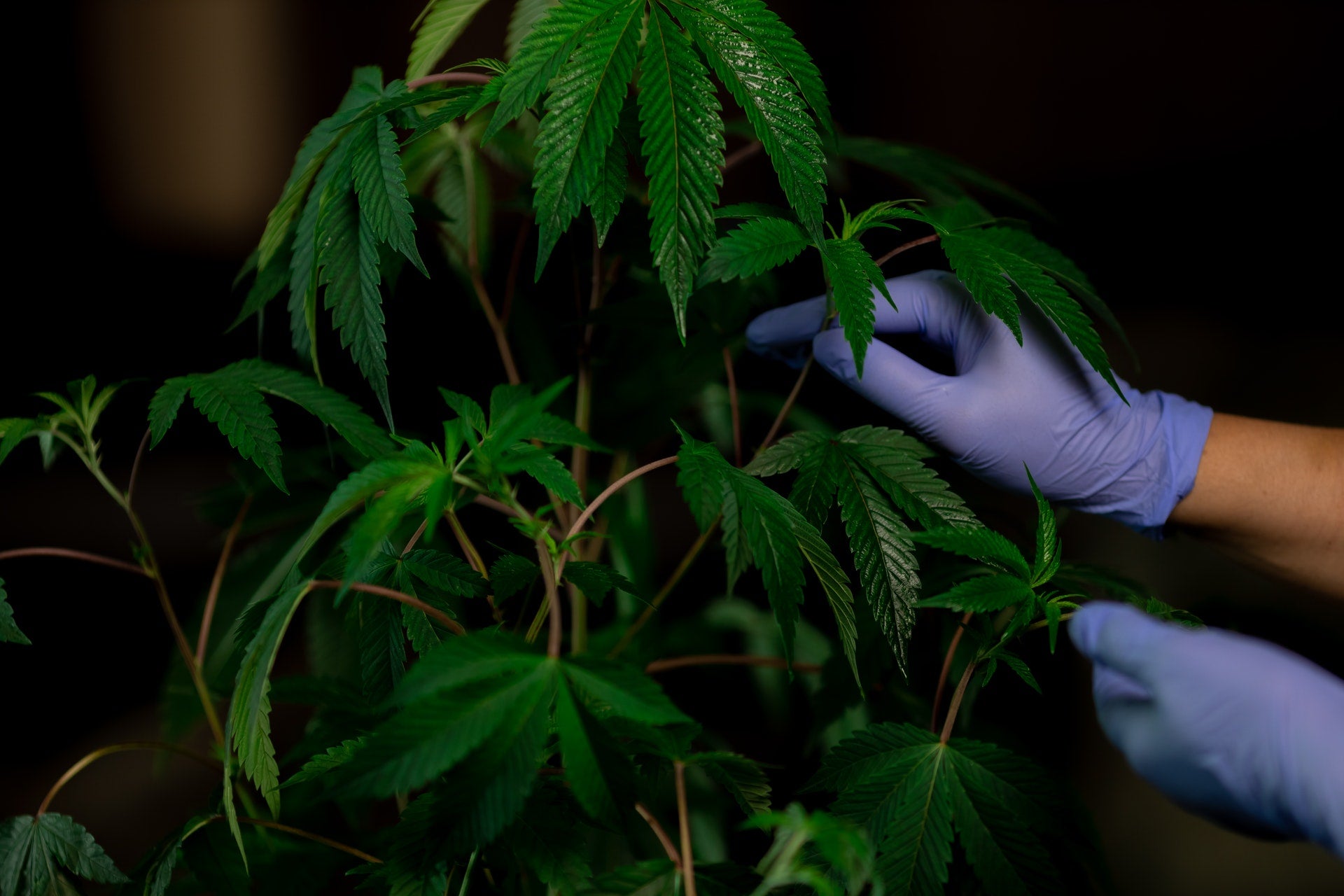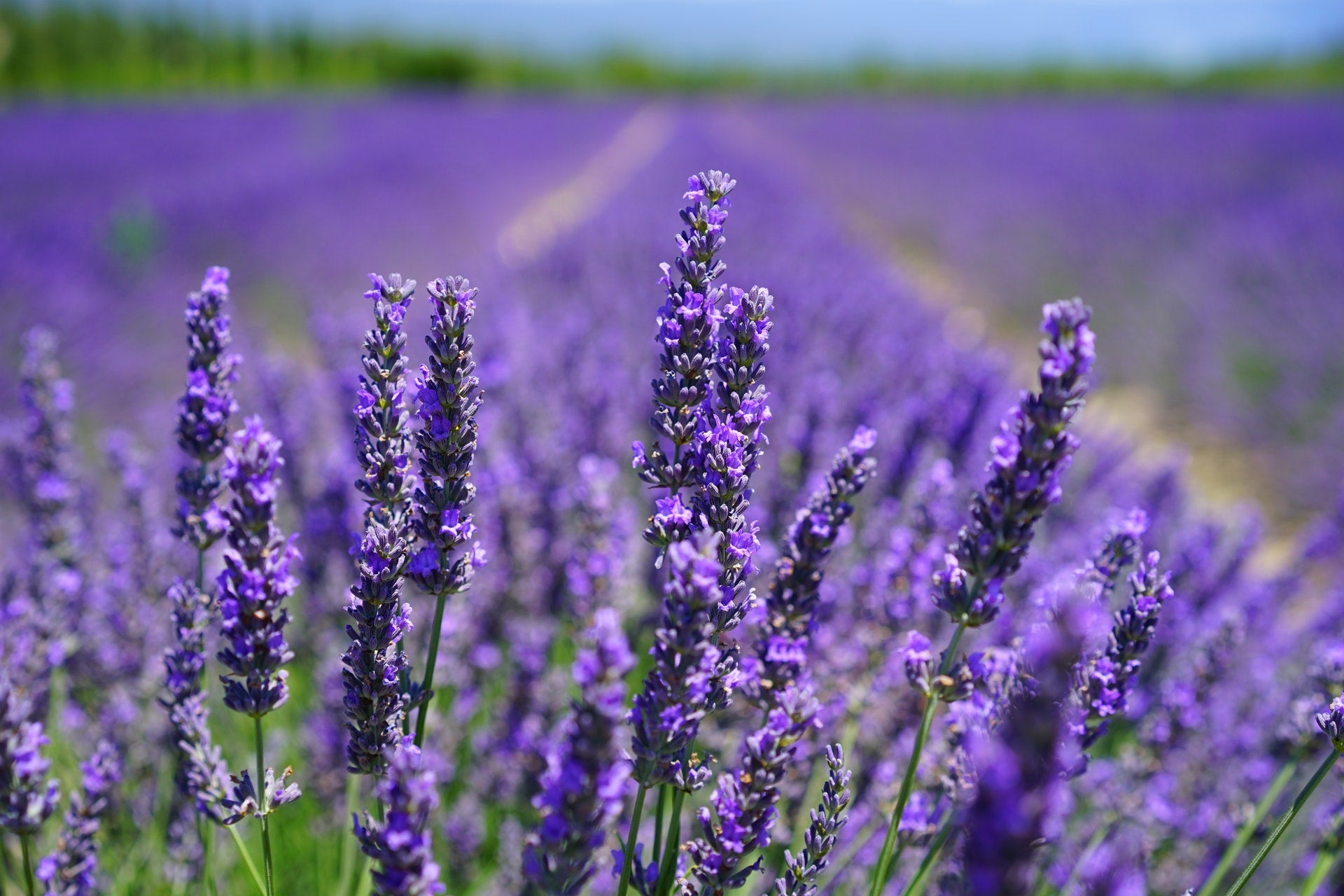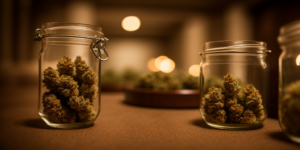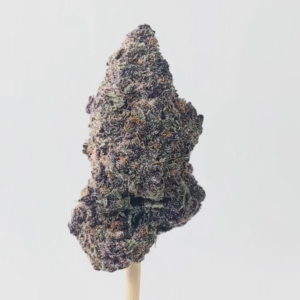Whether you’re a veteran or a rookie in the world of hemp and cannabis, there’s no doubt you’ve heard the terms Sativa and Indica thrown around. Used commonly as simple way to differentiate characteristics in today’s hyper-potent cannabis strains, you may also be surprised to know that they also apply heavily to the variety of hemp flower we see sold in today’s booming CBD market.
Now, we’re seeing more and more professional cannabis growers pivoting towards hemp. With a market that is more robust with legal opportunities, they’re utilizing their understanding of genetics, breeding, and strain characteristics to breath life to a variety of some of the well known hemp flower strains you know and love today.
Without the added variable of Delta-9 THC, some are asking what the actual differences between Sativa and Indica hemp flower is, and how to identify them.

Sativa vs Indica: Everything you Need to Know
Sativa and Indica; these two age old terms have been thrown around long before hemp was even popularized. For those that are still “green” to hemp and cannabis in general, these two terms are commonly used as a key indicator of what effects you can expect when smoking or vaping your hemp.
The most basic explanation of the difference between Sativa and Indica effects can be broken down by how they make you feel.
Sativa strains are known for being more cerebral, with feelings of energy and creativity.
Indica strains are known for being more body intensive, with feelings of sedation, pain relief, and overall relaxation.
Along with this, strain types are also known to be dependent on the plant’s long line of genetics, which can affect other traits.
These can include:
- Cannabinoid Profile (THC, THC-A, THC-P, CBD, CBG, CBN, along with a myriad of others)
- Terpene profile (Myrcene, Linalool, Caryophyllene, Pinene, Humulene, Limonene, and more)
- Physical Traits (Fan Leaf thickness, Bud Sizes & Density, Overall lankiness/bushiness)
- Ideal Growth Conditions (Timeline & Environment for Vegetation and Flowering periods)
Some of these are more variable than others – the key thing to reiterate here is that the terms are heavily related to the effects of the strain, and the traits and growth conditions have historically correlated between the two.
In the next section, we’ll be breaking down core properties of Sativa, Indica, and Hybrid strains. However, before we discuss what separates the different types of strains, let’s talk about what determines their core properties.
Phenotypes, Genotypes, and Chemotypes
One of the key indicators that will help you understand what kind of classification your hemp falls under can be observed in what’s known as its phenotype. A phenotype is a visual representation of the genetic traits that come from a specific strains lineage.
One of the deciding factors in a phenotype is the genotype. The genotype is the genetic code that determines the stability (or volatility) that a plant may have in terms of how the phenotype is represented in the final form of the plant.
Finally, we have chemotypes. Chemotypes are the result of controlled breeding that has gone on for years and years in the cannabis community. According to Dutch Passion, a cannabis seed distributor, chemotypes are essentially expected cannabinoid and terpene profiles that can come from specific strains.
A great example of this is the fact that over time, as technology and understanding of growing cannabis has progressed, we’ve seen traditional marijuana get more potent. Alongside these, growers have spearheaded specific traits to laser in on during their breeding careers.
As a result, chemotypes are one of the key reasons we see strains such as Desert Snow, which is exclusively grown to be high in CBG and little to no Delta-9 THC. Chemotypes are also responsible for the CBD rich strains we all know and love today, such as our popular Lifter.
Have you ever had a strain that has a delayed onset of effects? Also known as the creeper effect, and some strains are popular for this sensation. This sensation is rumored to be the result of growers honing in on strain chemotypes that are high in a mix of CBN and CBD to create this effect, but more research needs to be done.

Terpenes – The Seasoning of Hemp
Terpenes are one of the most exciting parts of the vast amount of chemotypes found in the sea of cannabis strains. Whether you know it or not, when it comes to hemp, terpenes are responsible for a large portion of the smells, flavors, and even some effects that come with each individual hemp flower strain.
So, that begs the question, what are terpenes?
Found in a high majority of plants across the planet, terpenes are chemical compounds that are responsible for the aromatic and even medicinal properties that are associated with many herbs and plants.
So, what’s the big deal? Some smells and maybe some pain relief, big whoop, right?
Well, we have to remember that hemp flower doesn’t have any psychoactive effects. So, in comparison to traditional marijuana strains, the effects that will be felt by the mix of terpenes and cannabinoids will be much more noticeable due to the fact that they aren’t drowned out by the stoning effects that come from Delta-9 THC.
As a result, each strain is far more unique due to the fact that terpenes are at the forefront and are supporting CBD and other minor cannabinoids in these strains.
Below is a basic breakdown of the terpenes you can expect to find in hemp flower:
Myrcene
- Effect: Sedative, Relaxing
- Aroma: Earthy
- Also Found in: Lemon Grass, Mango, Parsley, Hops
Linalool
- Effect: Stress Relief, Muscle Relaxation, Anti-Inflammatory
- Aroma: Floral, Spicy, Slight Sweetness
- Also Found in: Lavender, Basil, Mugwort, Cinnamon
Caryophyllene
- Effect: Sleep, Pain Relief, Anti-Inflammatory
- Aroma: Spicy, Pepper
- Also Found in: Cloves, Rosemary, Hops, Black Pepper, Malabathrum
Pinene
- Effect: Anxiety Relief, Pain Relief
- Aroma: Fresh, Earthy, Pine Trees
- Also Found in: Pine Nuts, Iron wort, Sage
Humulene
- Effect: More research necessary – Said to be anti-oxidant and anti-inflammatory
- Aroma: Wood, Spice, Earthy
- Also Found in: coriander, sage, basil
Limonene
- Effect: Anti-Inflammatory, Stress-Relief, Euphoria
- Aroma: Citrus, Fruity, Tang
- Also Found in: Lemons, Oranges

Sativa vs Indica Effects
As mentioned previously, sativa and indica are terms used most often to communicate what effects you should expect from the strains you’re purchasing. Although as strains continue to get more complex while growers mix and match different genetics, you’ll find that these descriptions are more accurate the more “pure” a strain’s genetics are.
So, what are the unique effects that you can expect from strains classified as Sativa or Indica?
Sativa Strain Traits
- Clear-Headed
- Cerebral head buzz
- Energetic
- Creativity
- Talkative
- Great for Daytime Use & Hanging out with others
Indica Strain Traits
- Body Heavy (“Couch Lock”), Pain relief
- Short term memory (feeling “stoned” – comes with Delta-9 THC rich strains)
- Sedative
- Euphoric
- Calming, Anxiety Relief
Again, this will vary by strain, and is only a general guide. A fun fact is that these are all a culmination of the chemotype that comes with the strain. That’s why it’s common to see some sativa strains that are more creativity focused, while some are more energetic feeling.
What are Hybrid Strains?
Hybrid Strains are the result of crossing different phenotypes and chemotypes from a variety of plants, with the goal of combining effects from both Indica and Sativa strains. This is how you end up with strains that make you super relaxed, yet ready to go for an outdoors activity. There’s no real blueprint to what hybrids can and can’t have, usually they tend to be 50/50 mixes with qualities from either Sativa or Indica. It’s also common to see dominant or leaning strains, which will be mostly Indica or Sativa with some qualities from its counter part. An example could be a 60/40 or 30/70 balance between Sativa and Indica.
Final Thoughts
As the hemp industry continues to grow, and breeders persistently push the envelope, we’ll continue to see strains get more potent with more unique features. That being said, no matter how wide of a selection of strains there grows to be, we think that Sativa and Indica are always going to be indicators of what you can expect, regardless of if you’re looking for hemp flower, or traditional marijuana.


